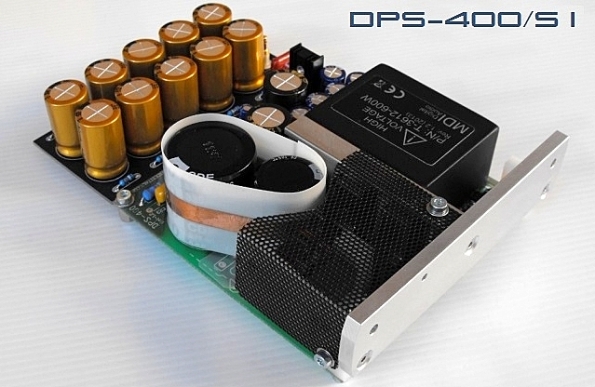daniboun
Major Contributor
- Thread Starter
- #221
I have just installed the Micro Audio PSU.
Even after 10 minutes after turning on the upgraded Amp the differences between MP-H250S48 Power Supply and Micro Audio SMPS630-SO are obvious and clear.
Micro Audio PSU is just a masterpiece with increadible impact on sound quality. I have got an impression as if I powered on a different, much better amplifier.
I see you have probably a different version. Can you tell us the value of the output caps next to the DC plugs. ?
My version comes with some Elna 63v 4700uf.

